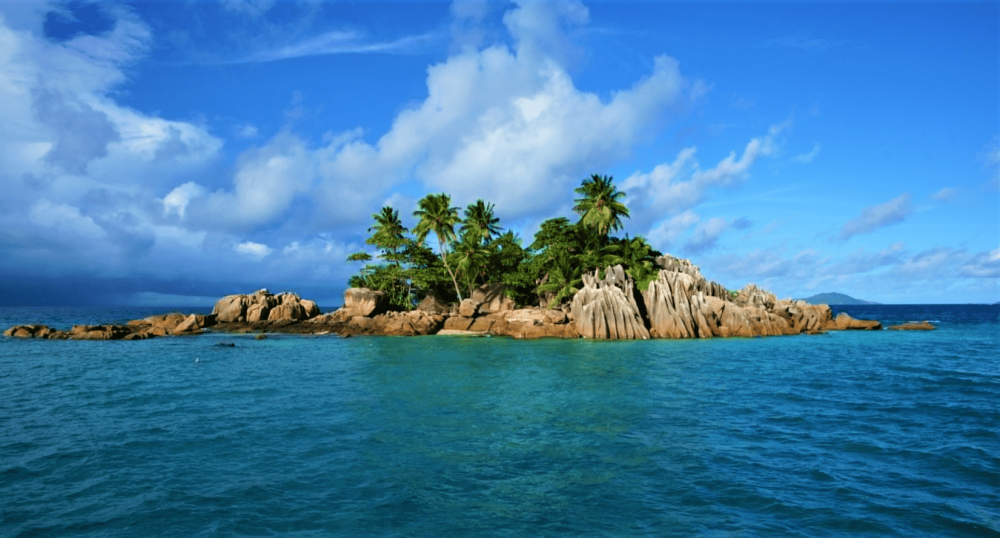

Hut Bay Island, located in Little Andaman of the Andaman and Nicobar Islands in India, is a relatively unexplored gem that offers pristine natural beauty to its visitors. The history of tourism in Hut Bay Island is intertwined with the overall development of tourism in the Andaman and Nicobar Islands.
The Andaman and Nicobar Islands were historically seen as a remote archipelago with limited accessibility. Initially, attention was more on the penal colony aspect of the islands, notably the infamous Cellular Jail in Port Blair, which is now a significant historical site. Tourism in Little Andaman, and particularly in Hut Bay, began gaining traction in the late 20th century as adventurers and nature enthusiasts started exploring the less-traveled roads.
The Indian government began promoting the Andaman and Nicobar Islands as a tourist destination in the 1980s. However, the tourism industry in Hut Bay did not pick up until infrastructure improvements, such as better sea and air connectivity were established. The construction of resorts, development of water sports facilities, and improvement in local transportation have contributed to the gradually increasing popularity of Hut Bay Island.
Hut Bay Island and Little Andaman as a whole face challenges from both environmental and commercial threats. Conscious efforts are being made to promote eco-friendly and sustainable tourism practices to preserve the delicate ecosystems, which include mangrove forests, beautiful coral reefs, and unique biodiversity.
The latest tourism trend in Hut Bay revolves around ecotourism and adventure tourism. Tourists are drawn to the untouched beaches, surfing opportunities, snorkeling, and trekking in the lush tropical forests. The Butler Bay Beach, a short distance from Hut Bay, is renowned for its surf break. Additionally, the presence of the rare Olive Ridley Turtles, who nest on the beaches between December and February, attract wildlife enthusiasts.
Like many tourist destinations around the globe, Hut Bay Island's tourism industry was impacted by the COVID-19 pandemic. The region saw a significant decline in visitors due to travel restrictions. However, as the situation improved, tourism resumed with new health and safety protocols in place. Many travelers seeking secluded and less crowded destinations turned their attention to places like Hut Bay.
As of now, Hut Bay Island is a destination that continues to attract those looking for an off-the-beaten-path experience. As more travelers seek to escape the usual tourist hotspots, destinations like Hut Bay are expected to grow in popularity. The local authorities are working on balancing the economic benefits of increased tourism with the need to protect the natural environment, ensuring that Hut Bay remains a sustainable tourism site.
For those planning to visit Hut Bay Island, it is important to respect local customs and regulations aimed at preserving the environment. Tourists are encouraged to engage in responsible tourism practices and participate in the local community's efforts to maintain the natural beauty of this island paradise.